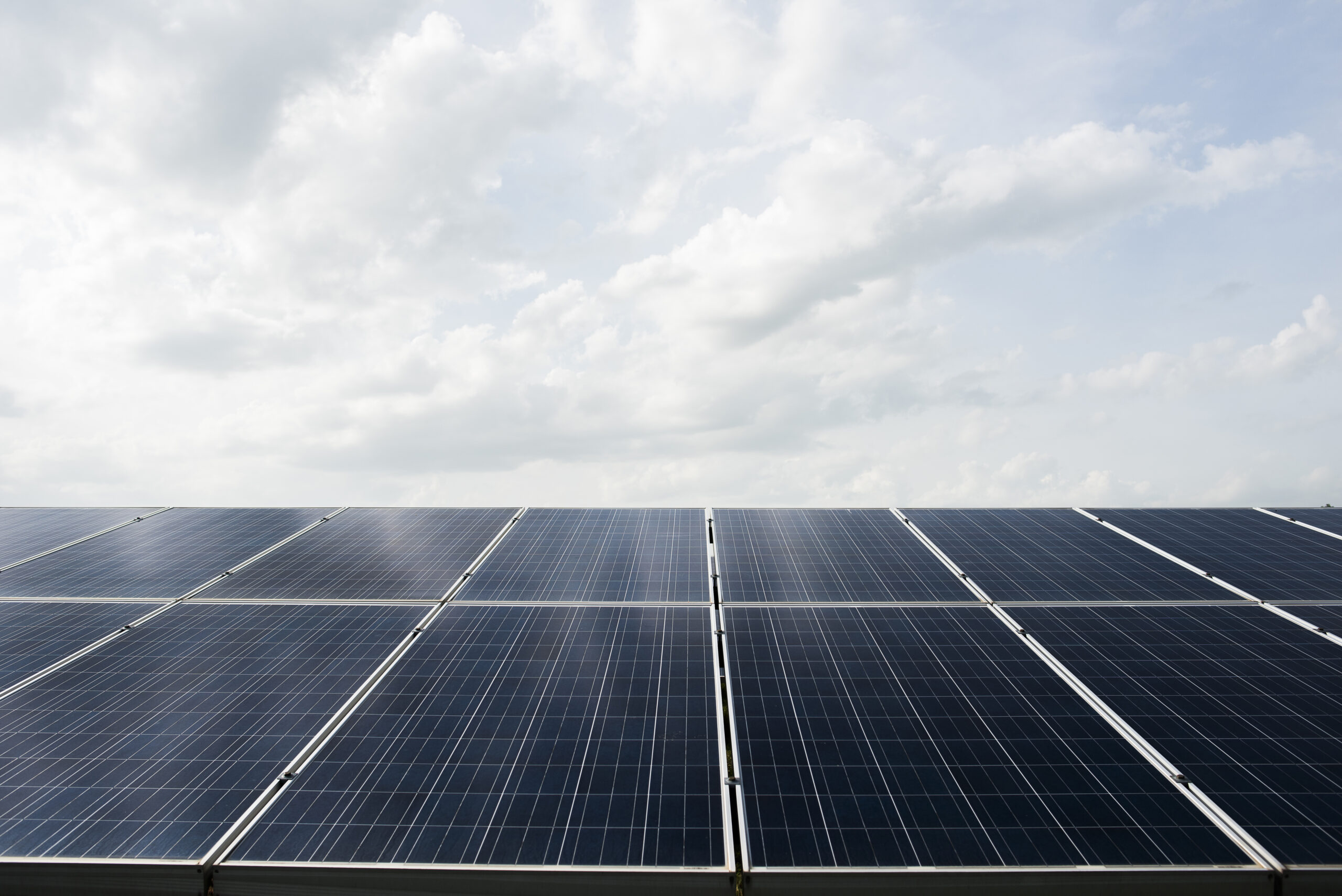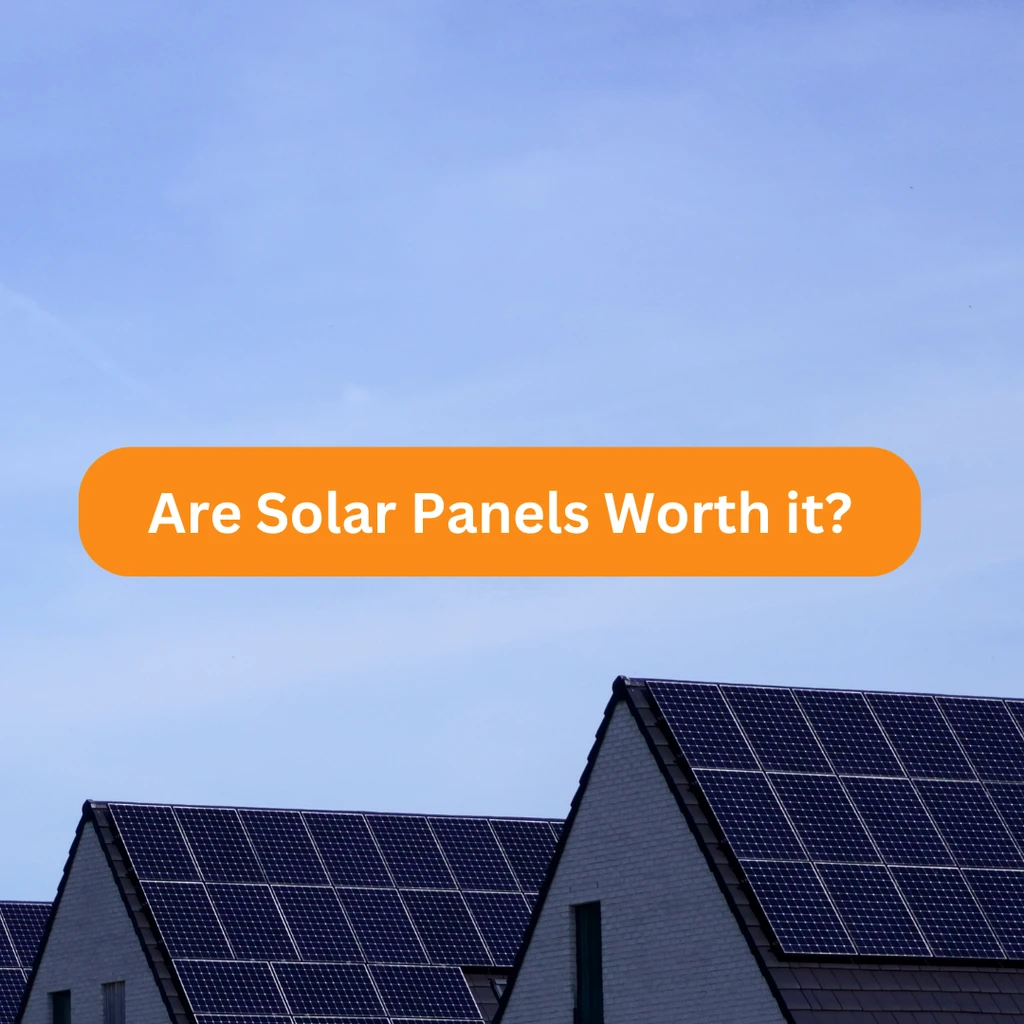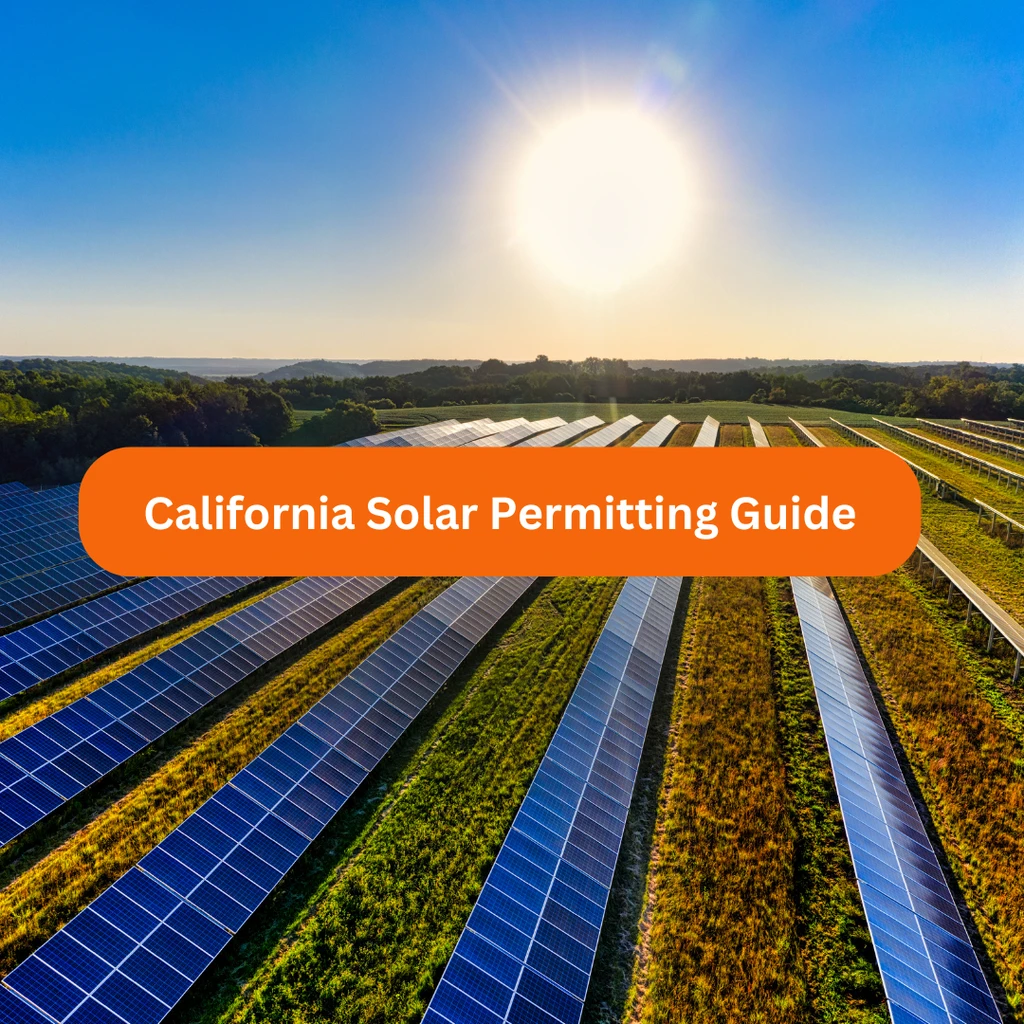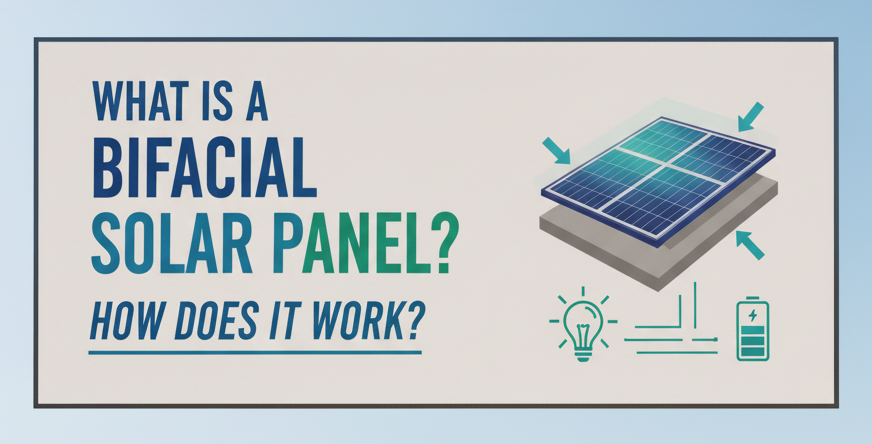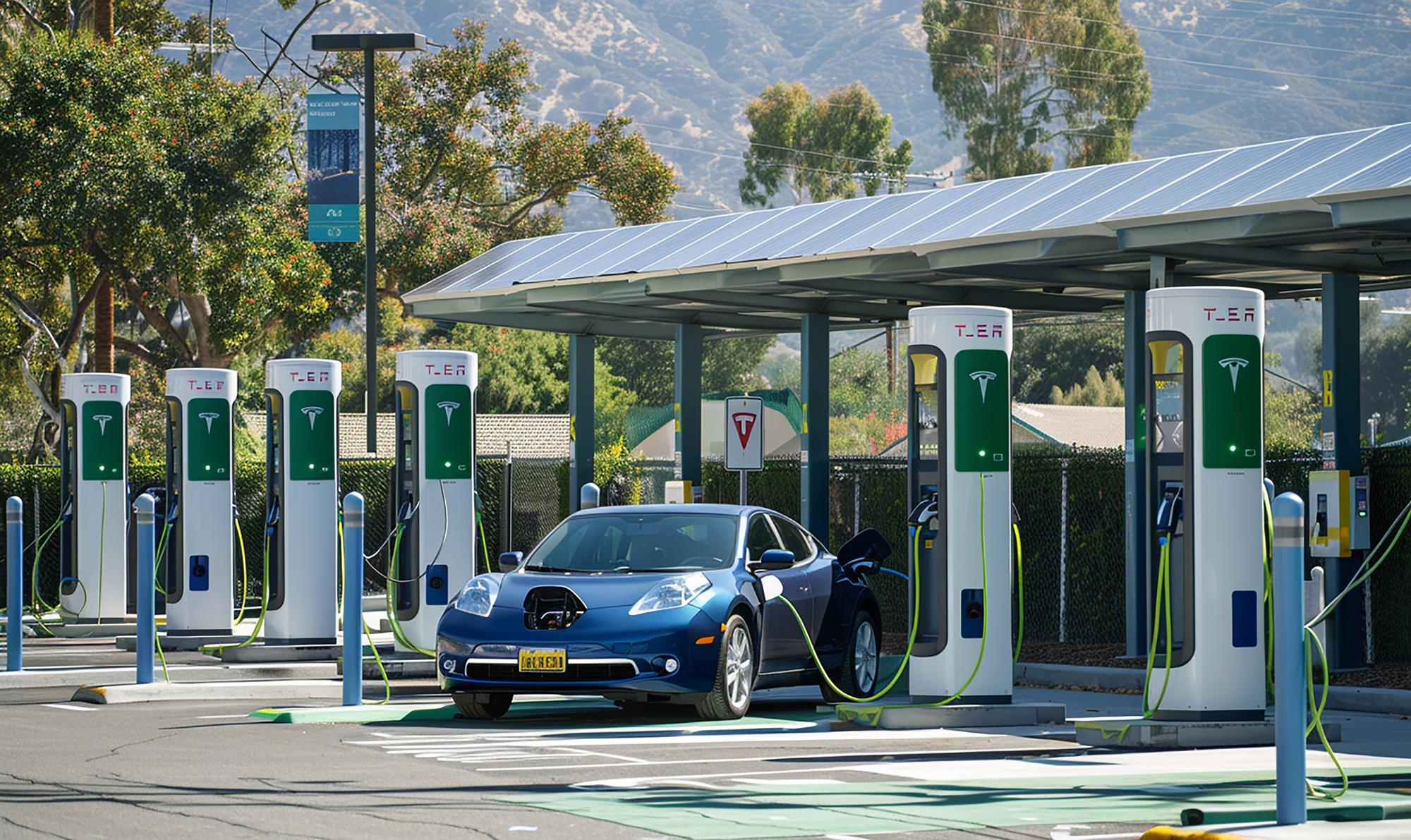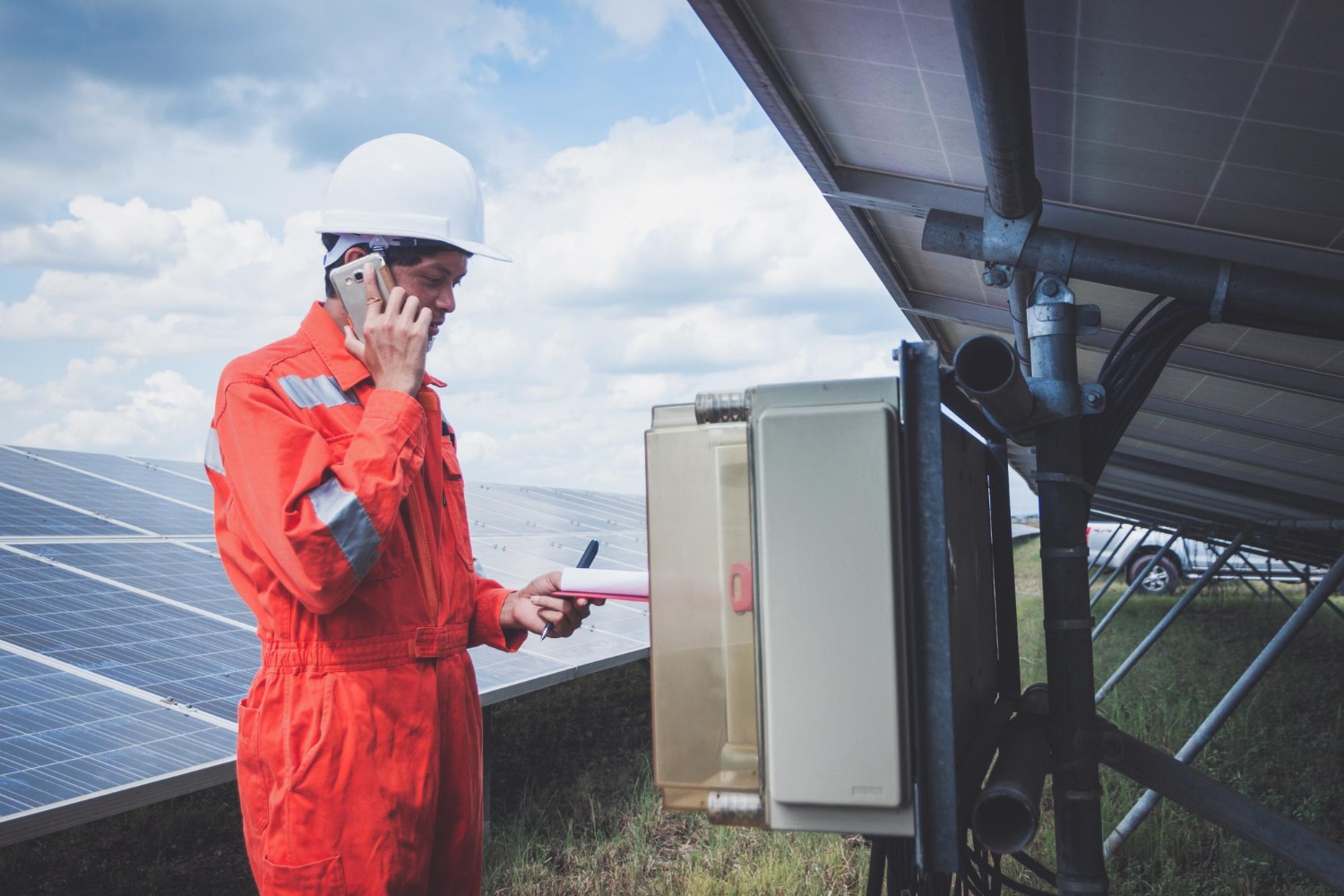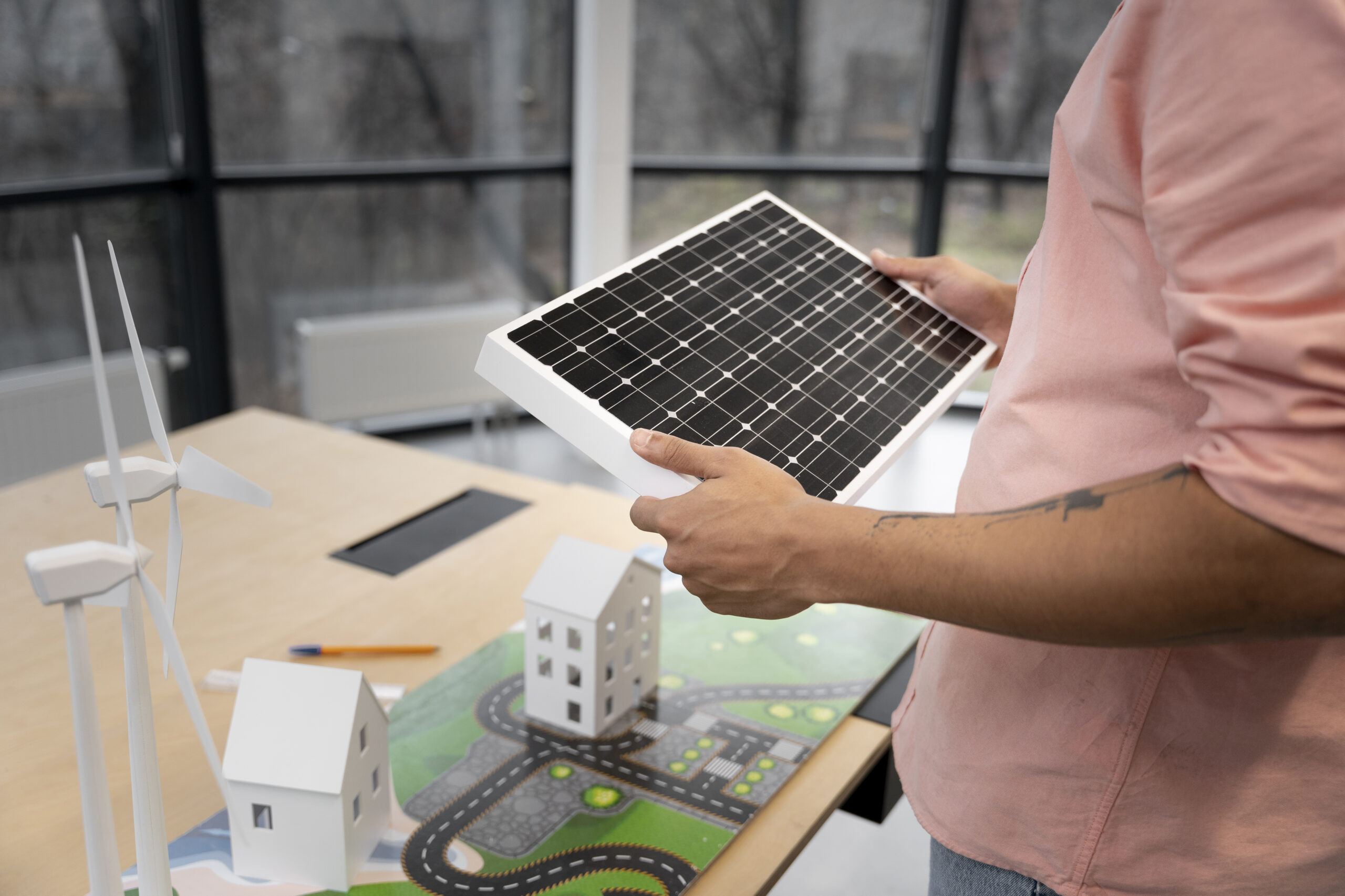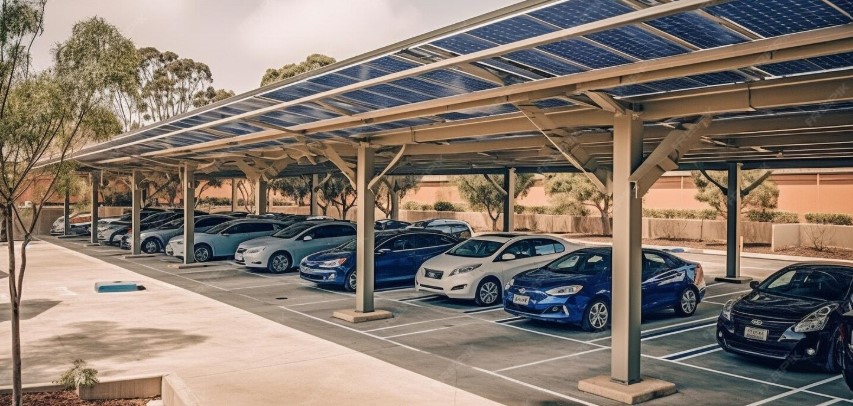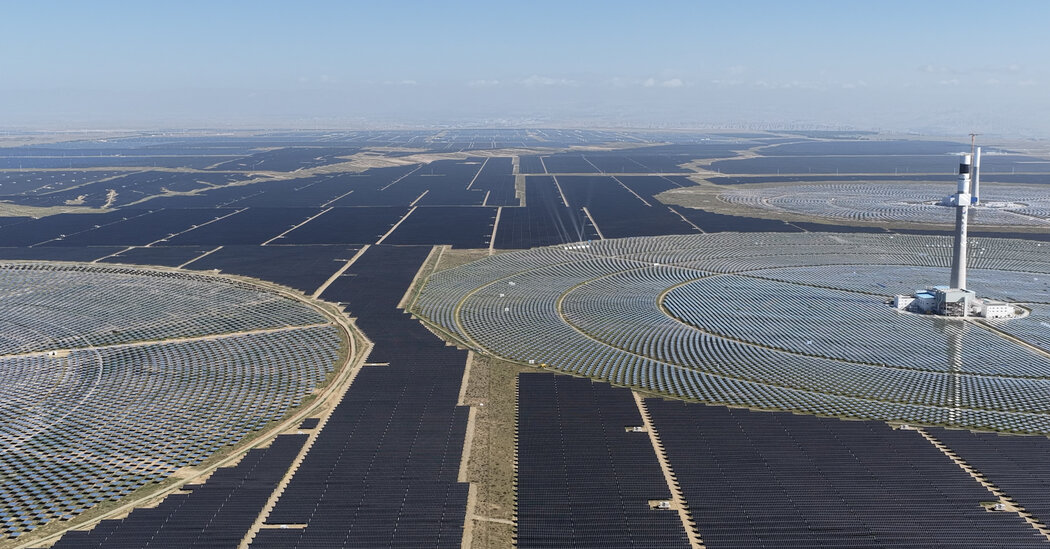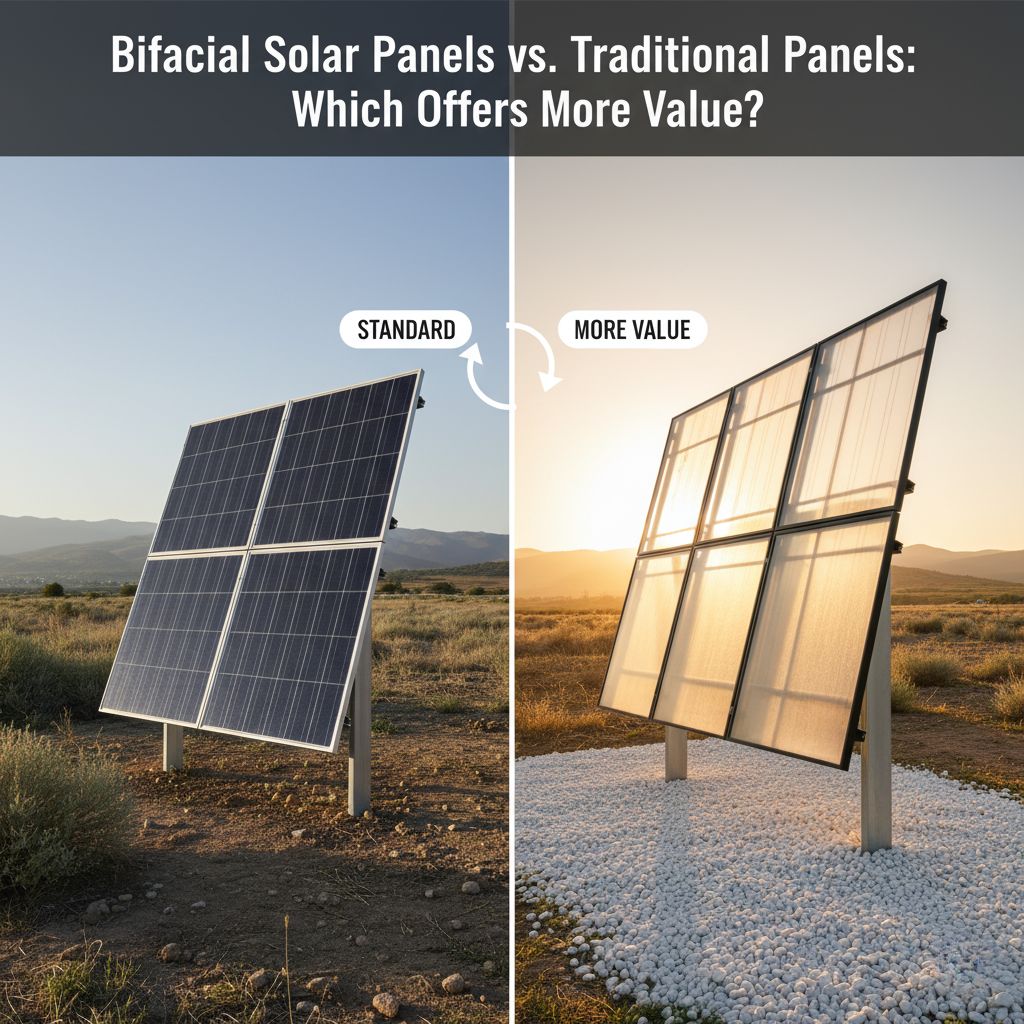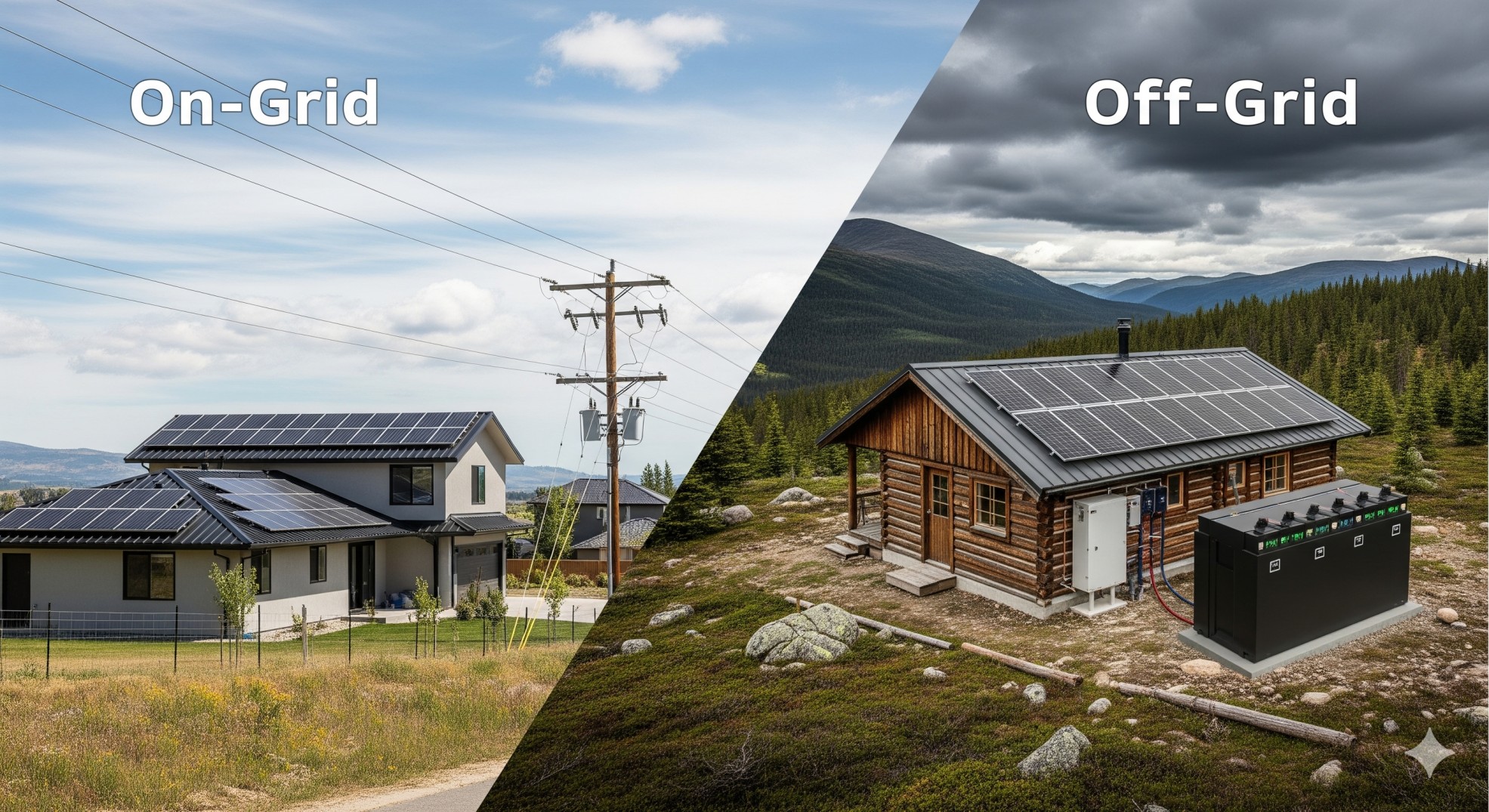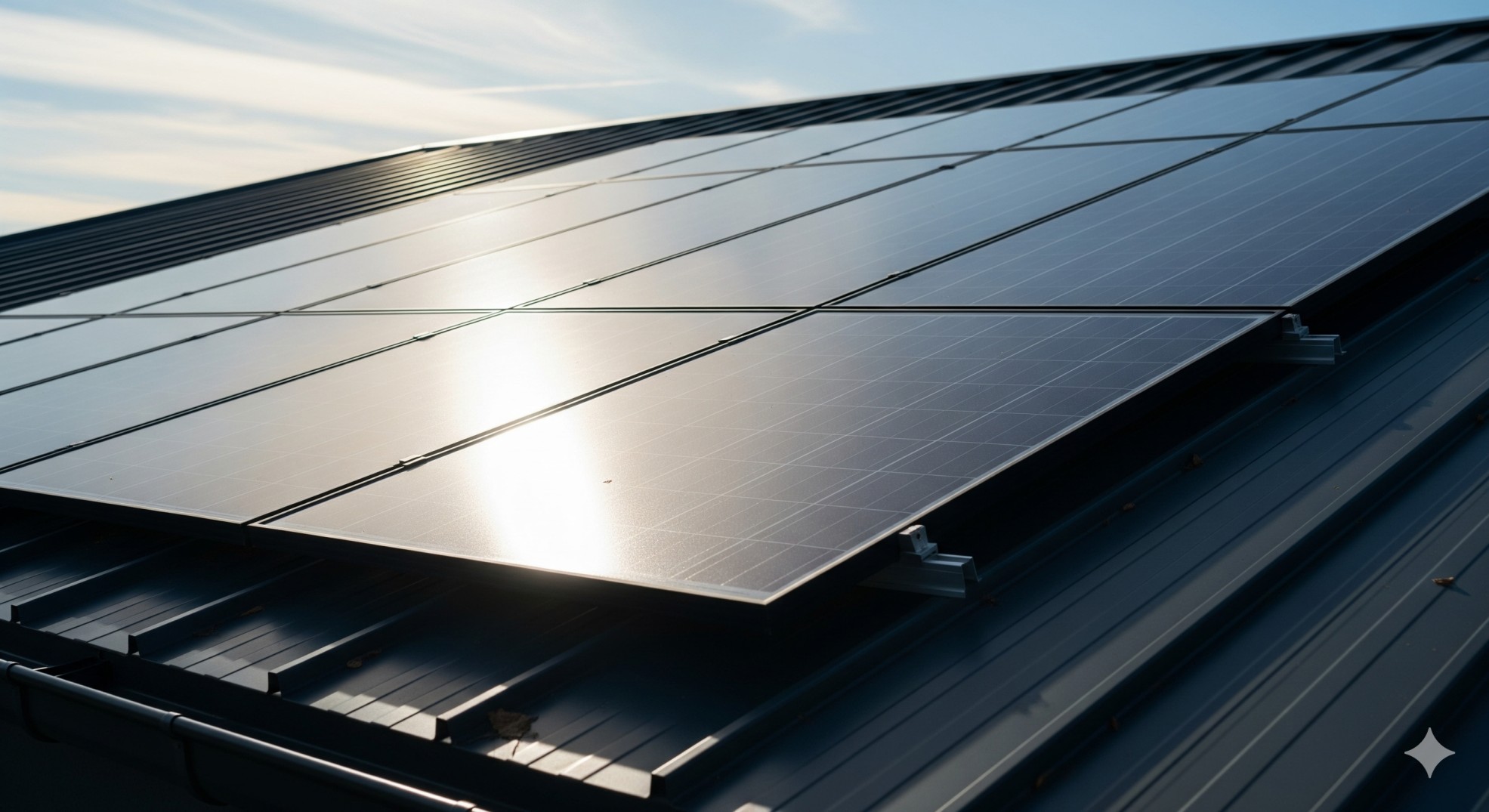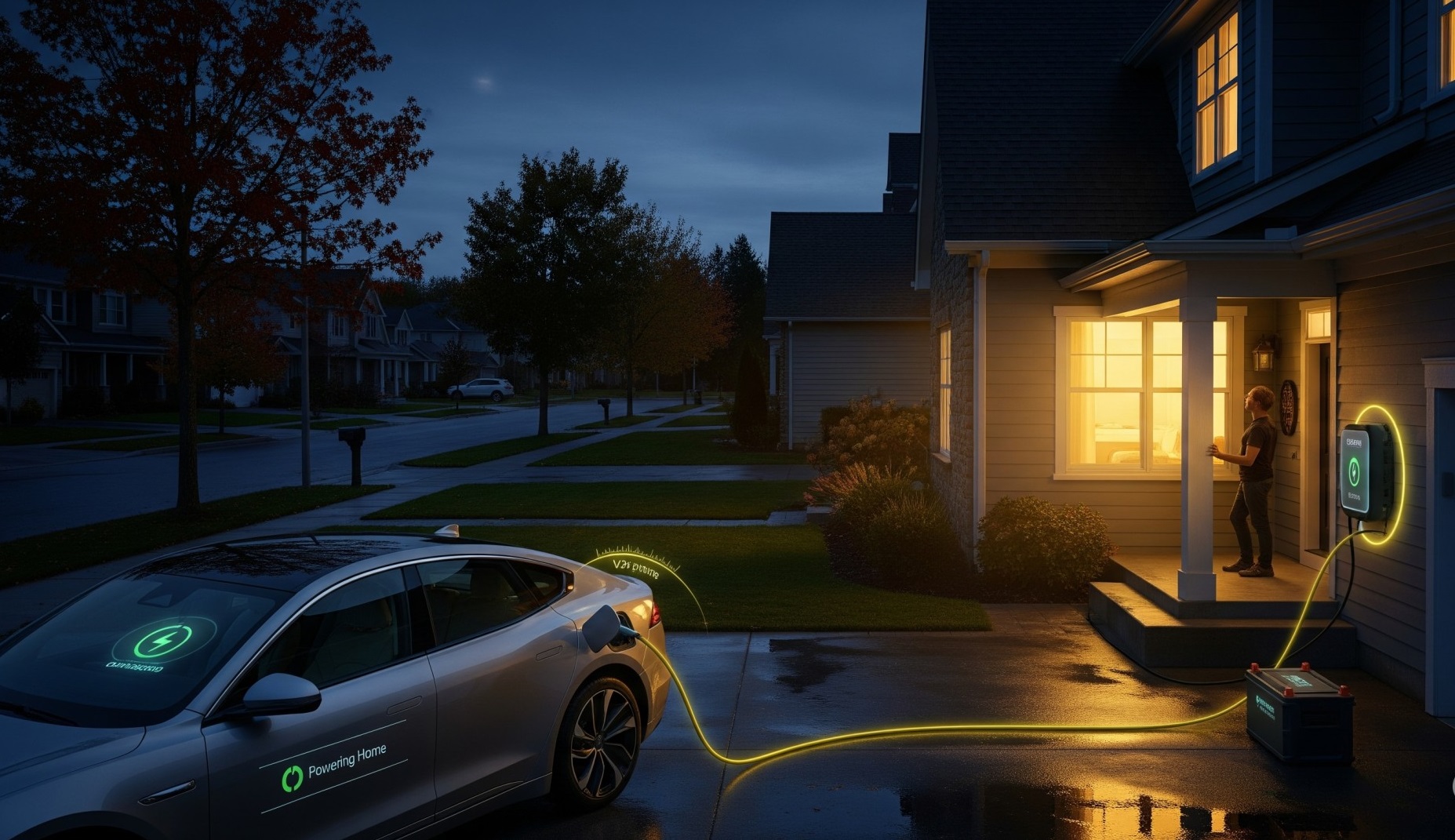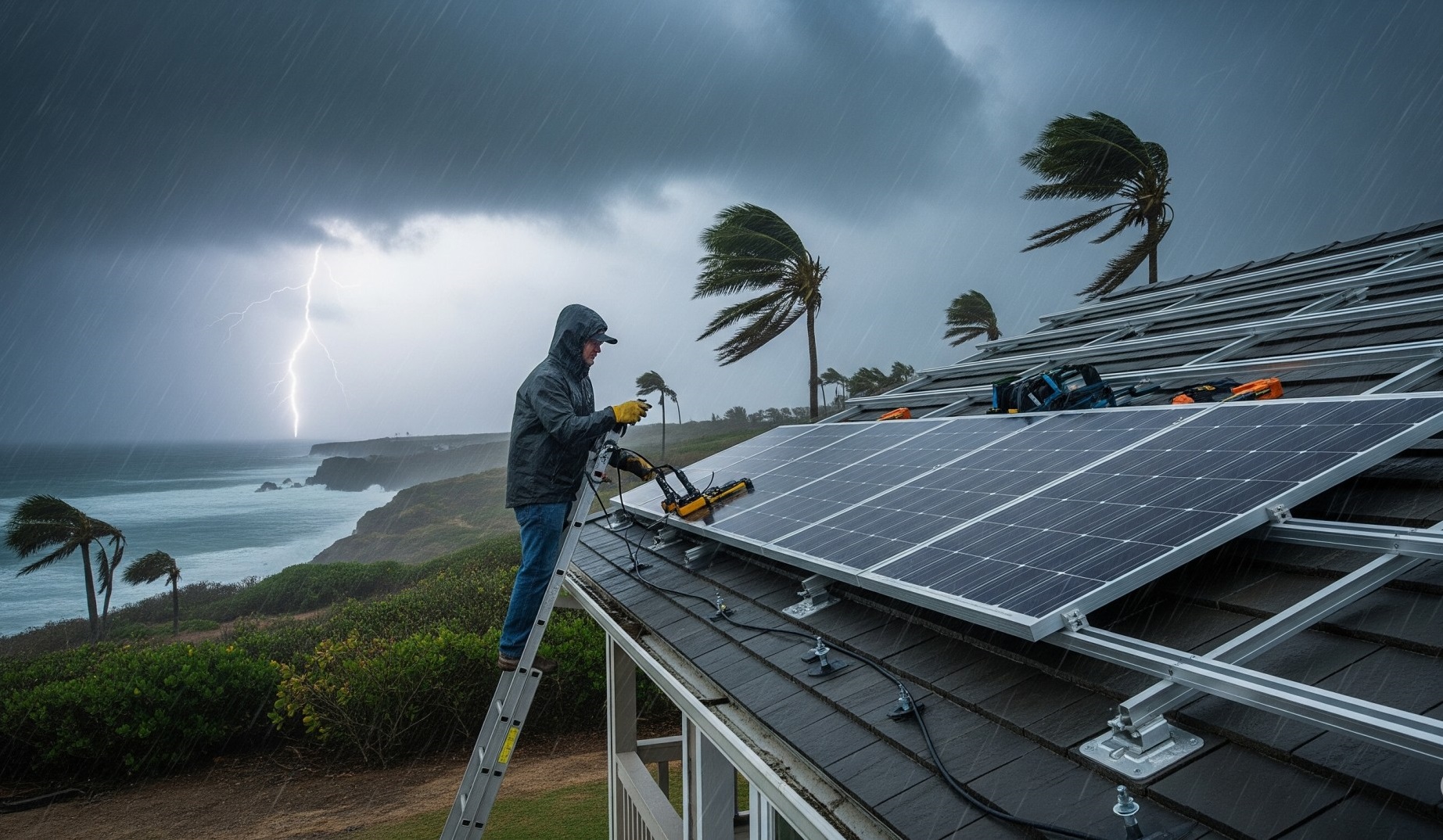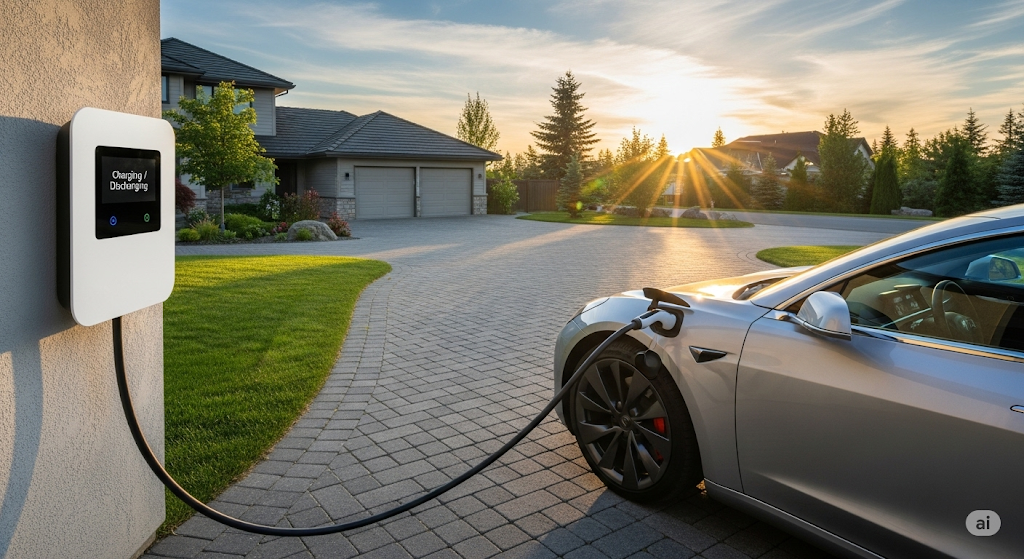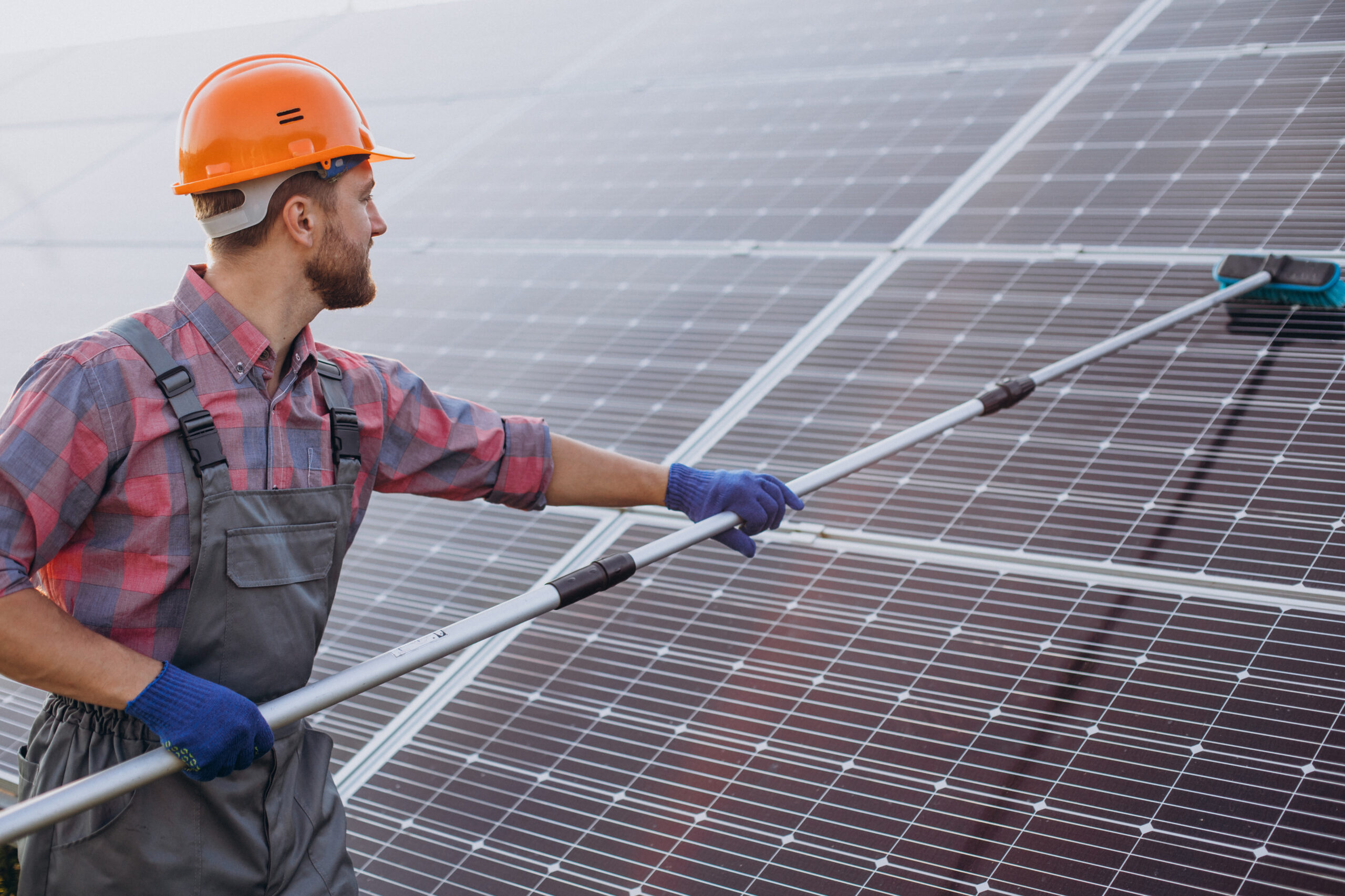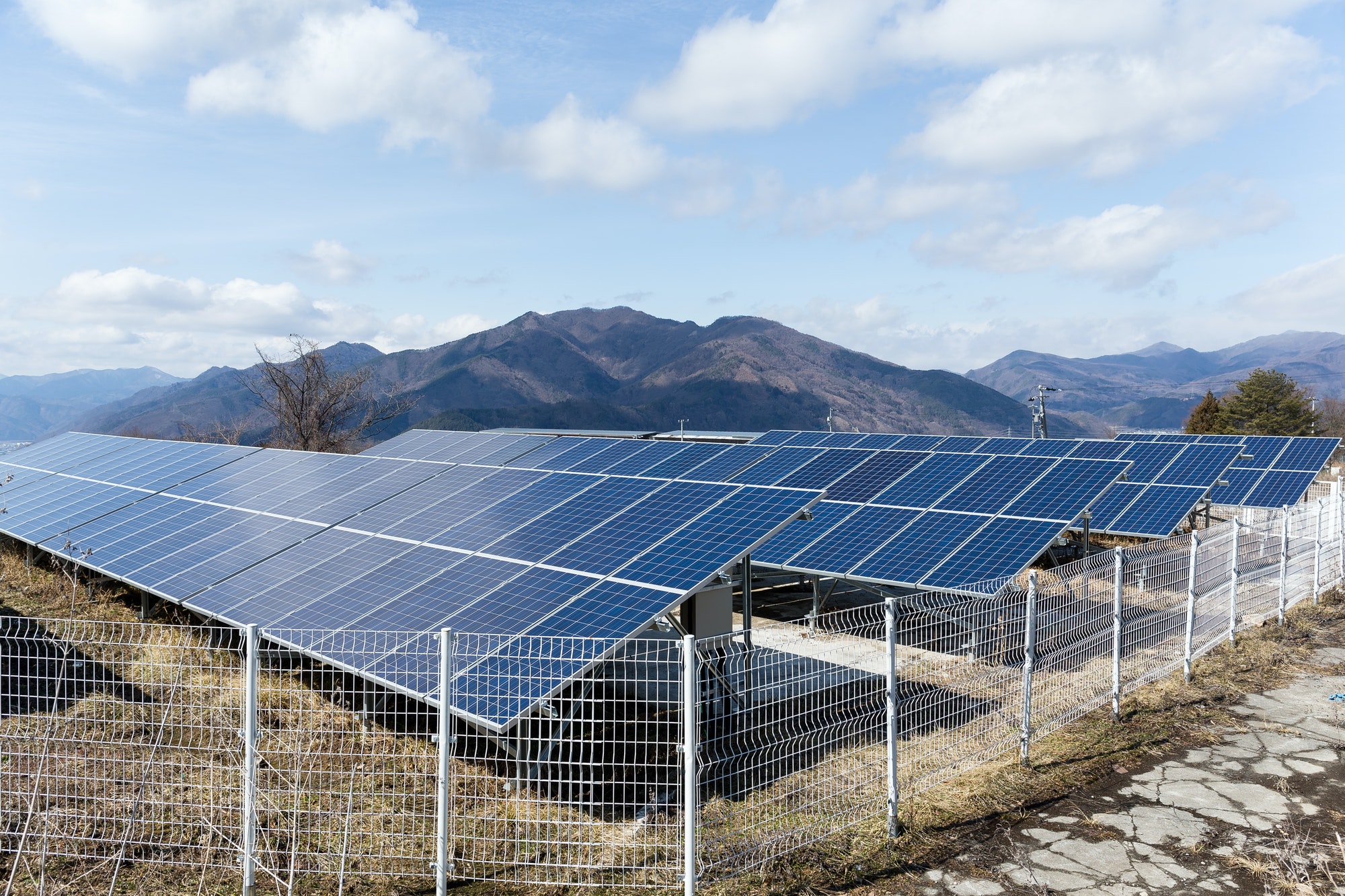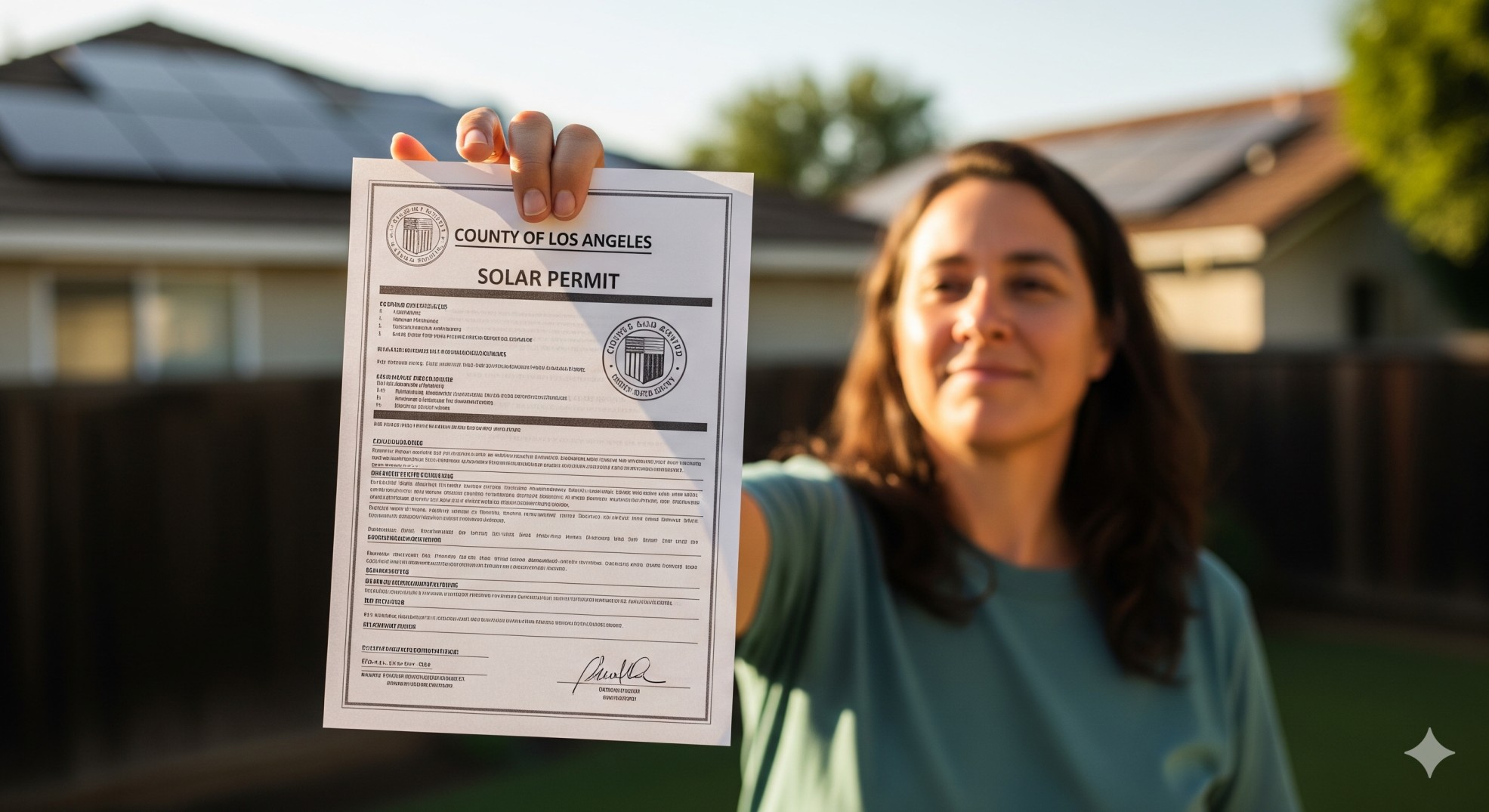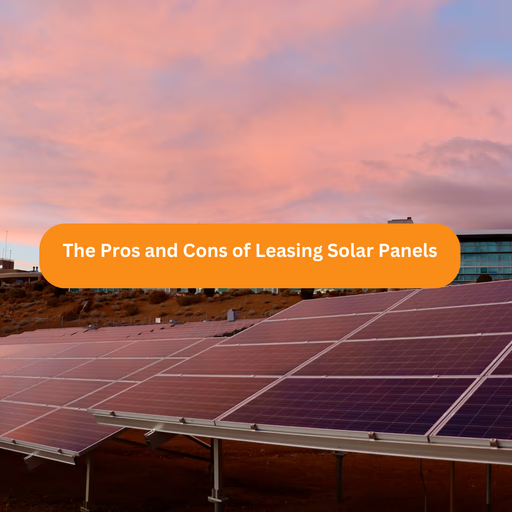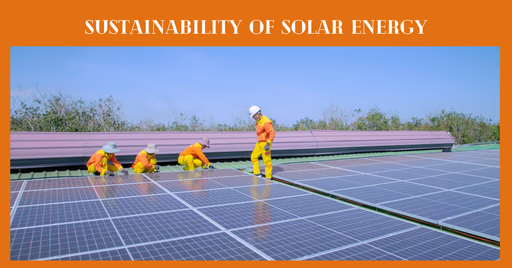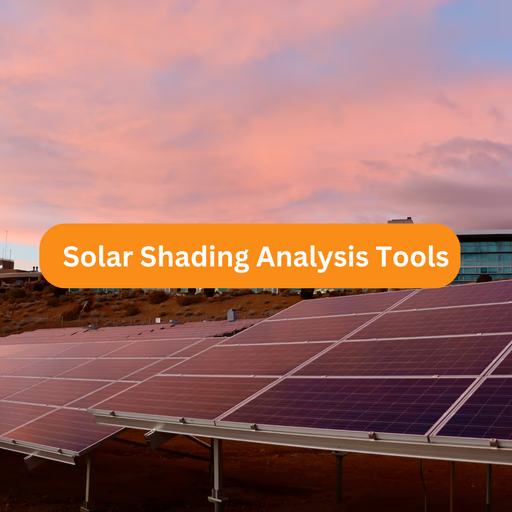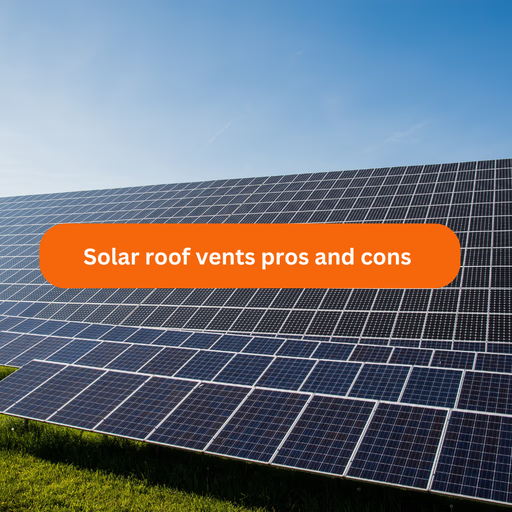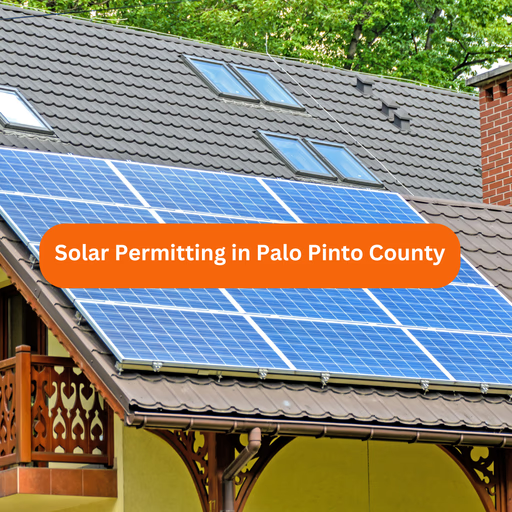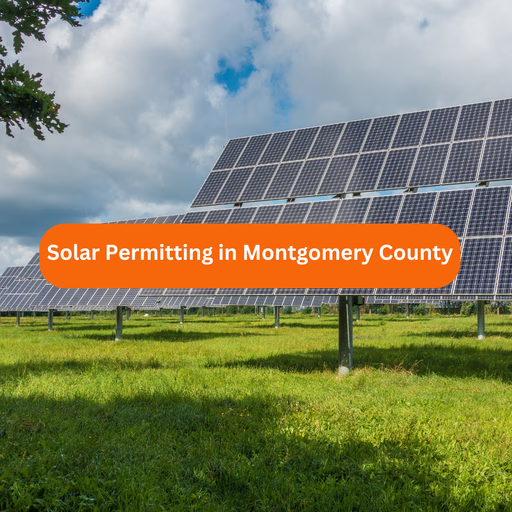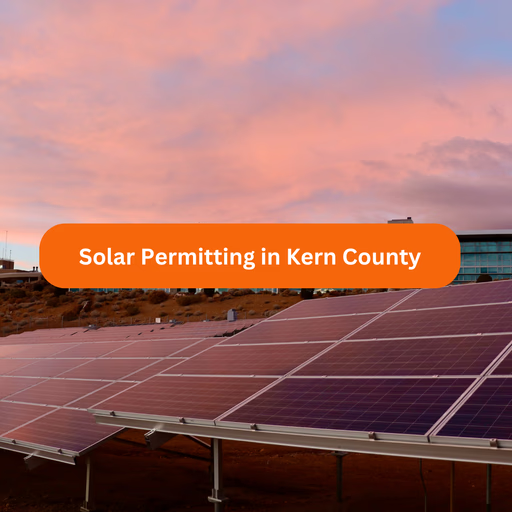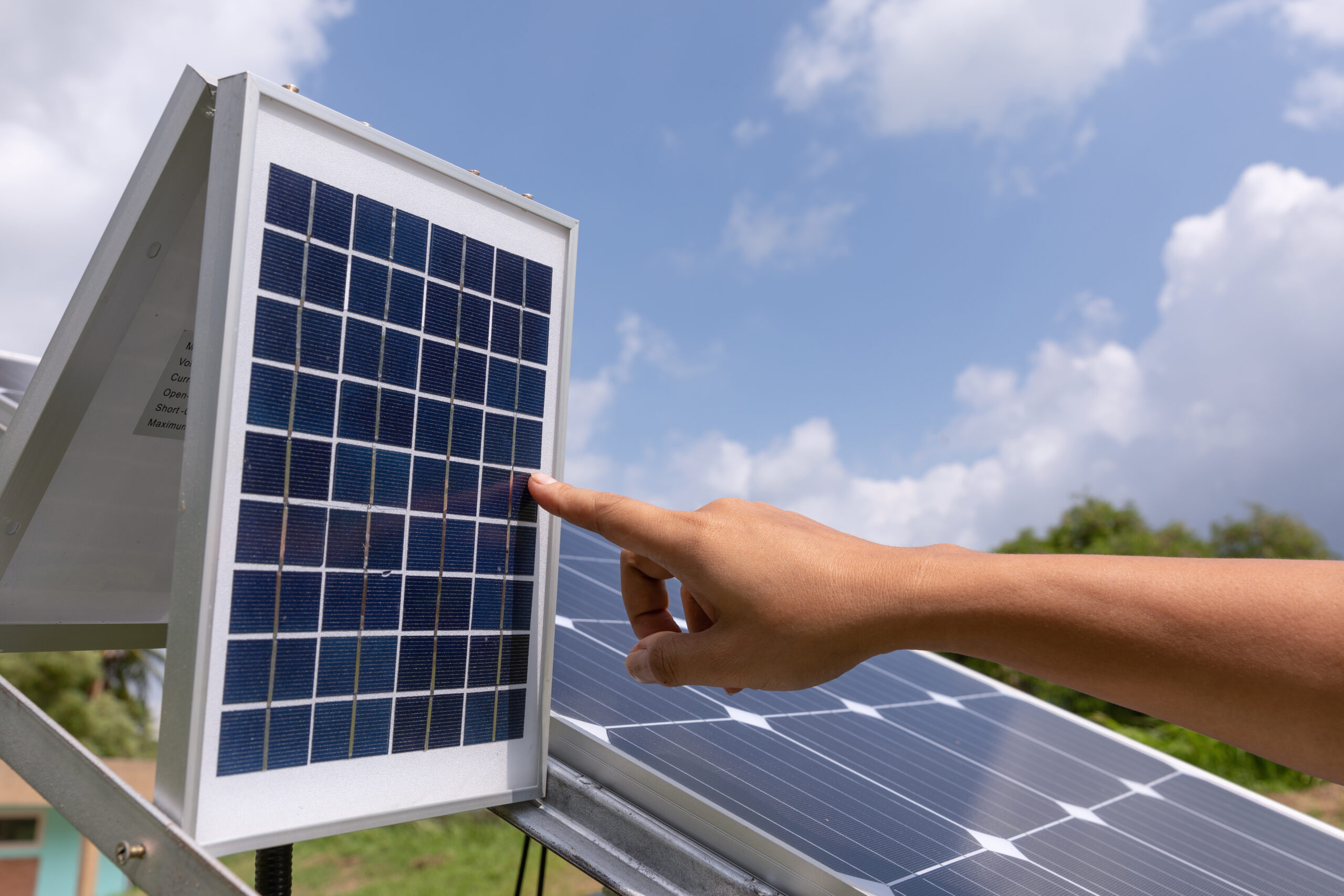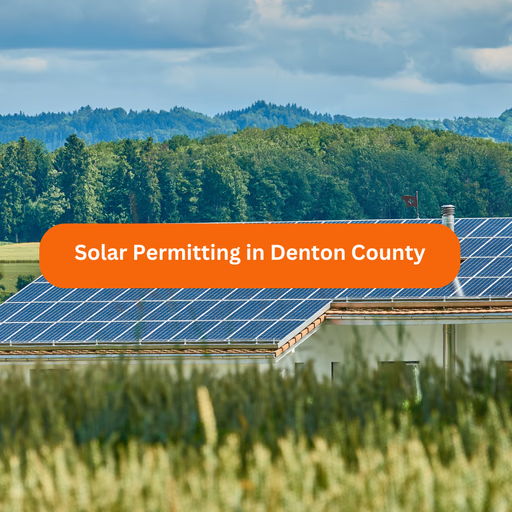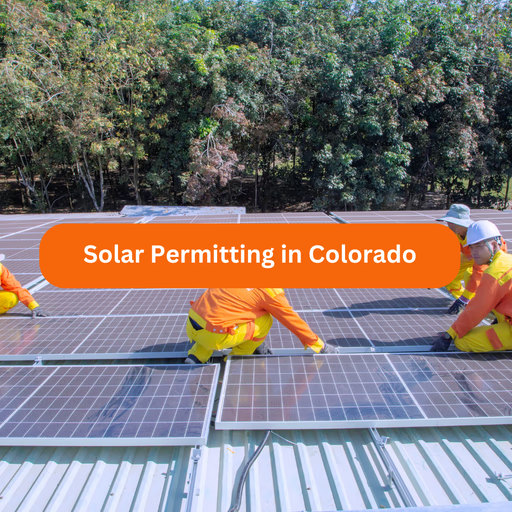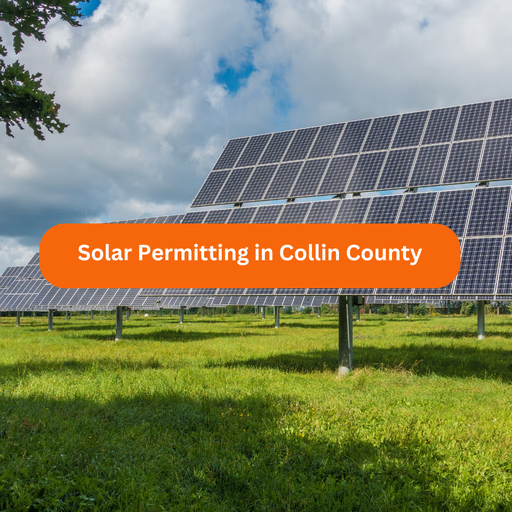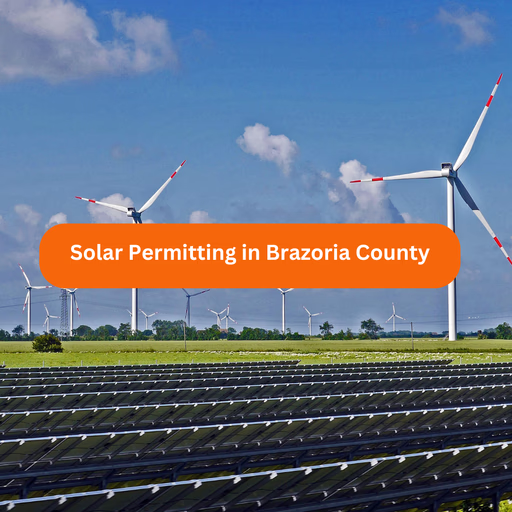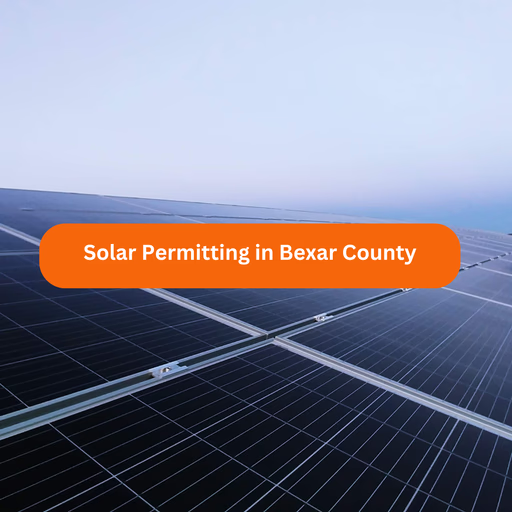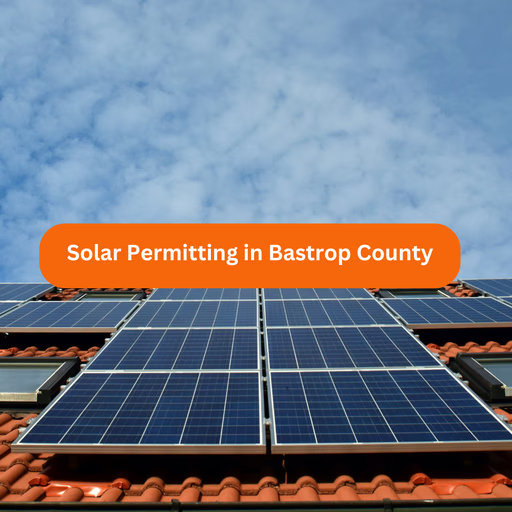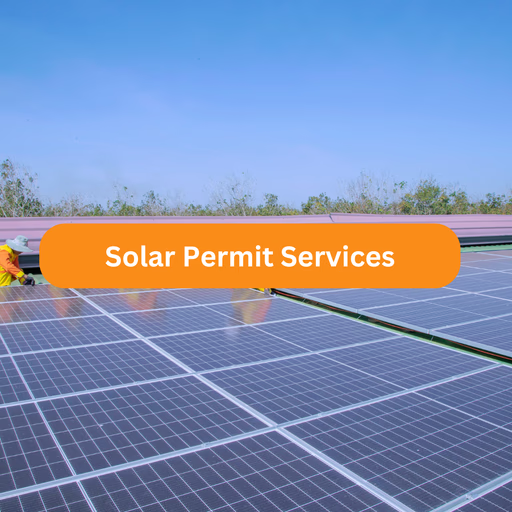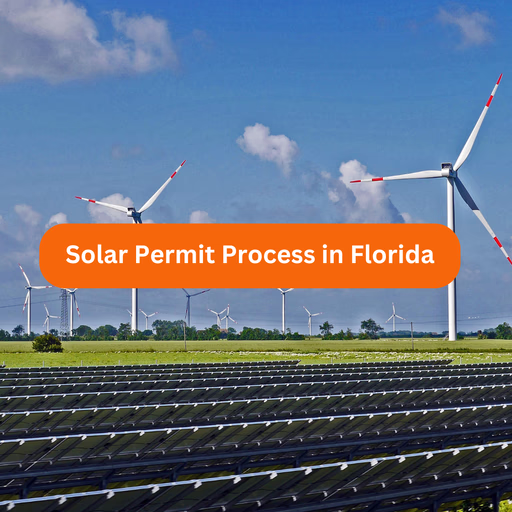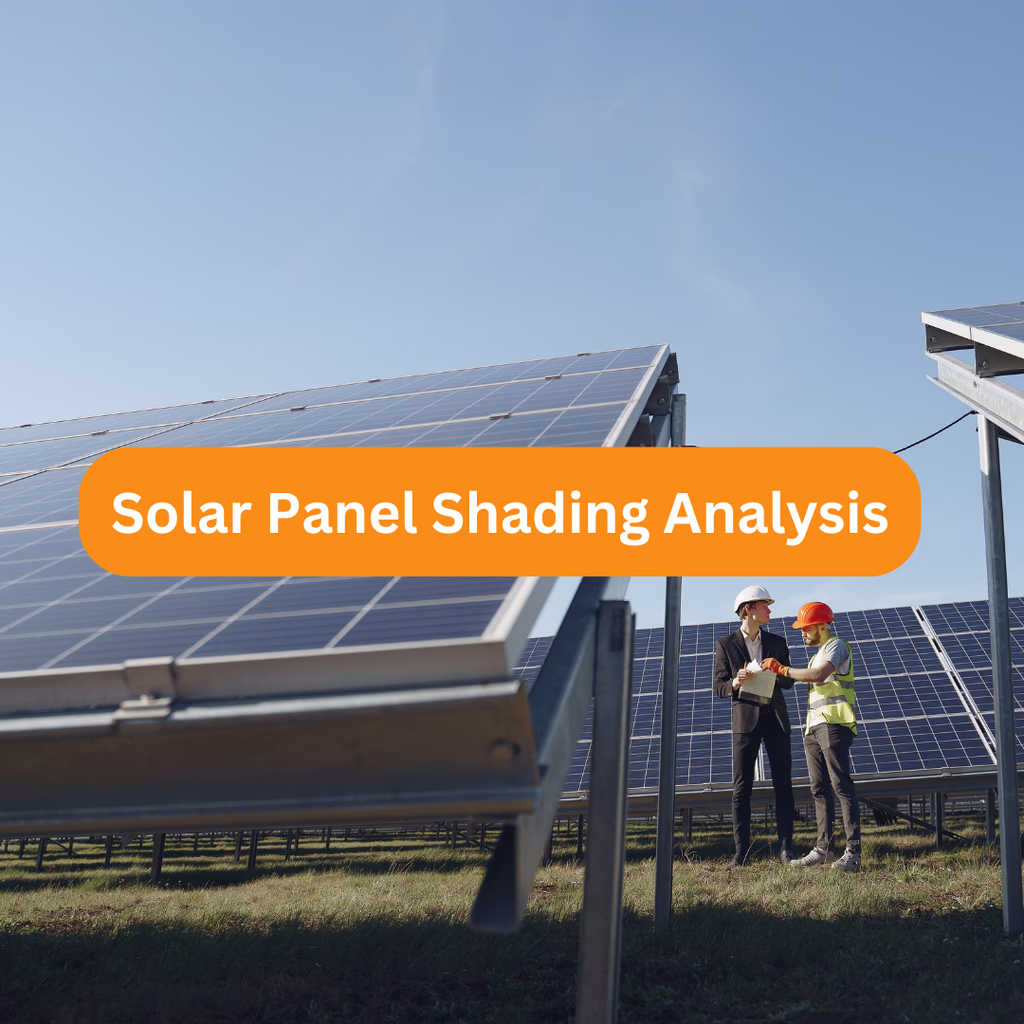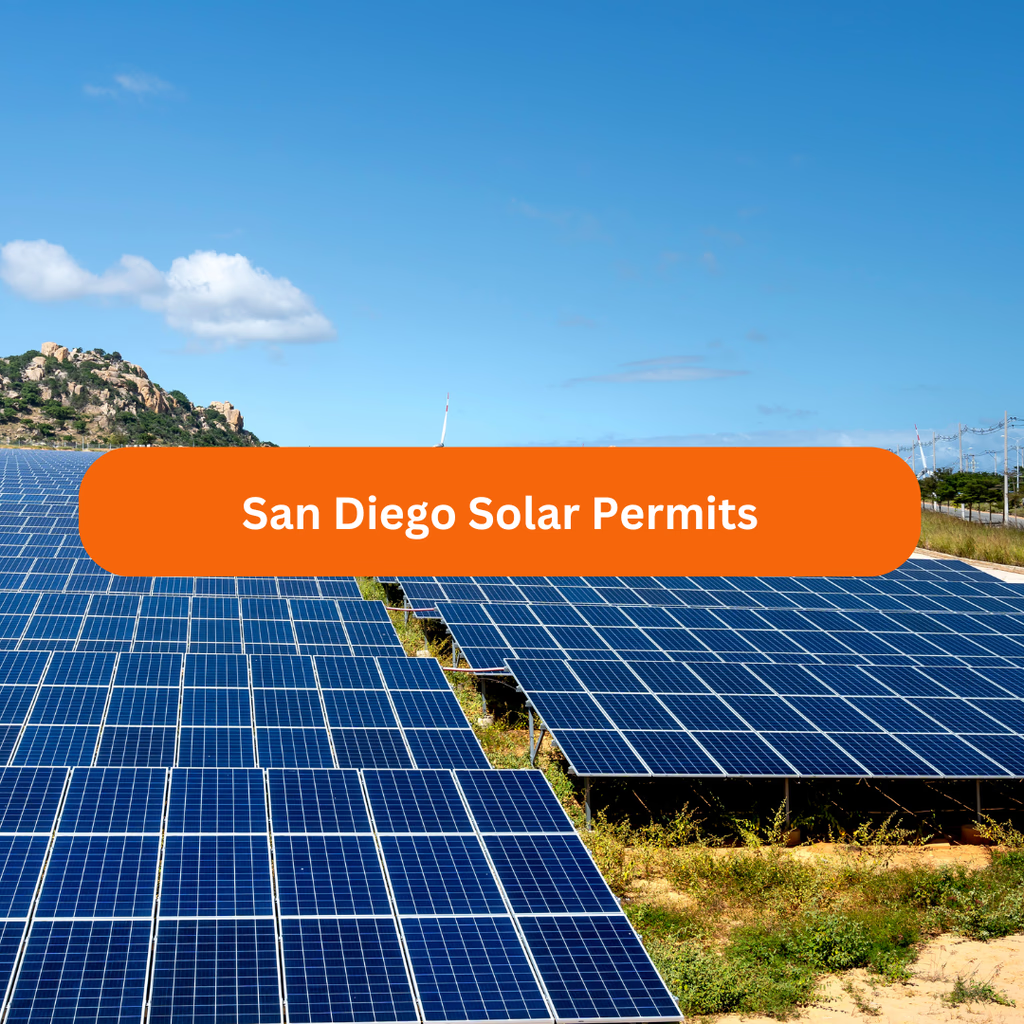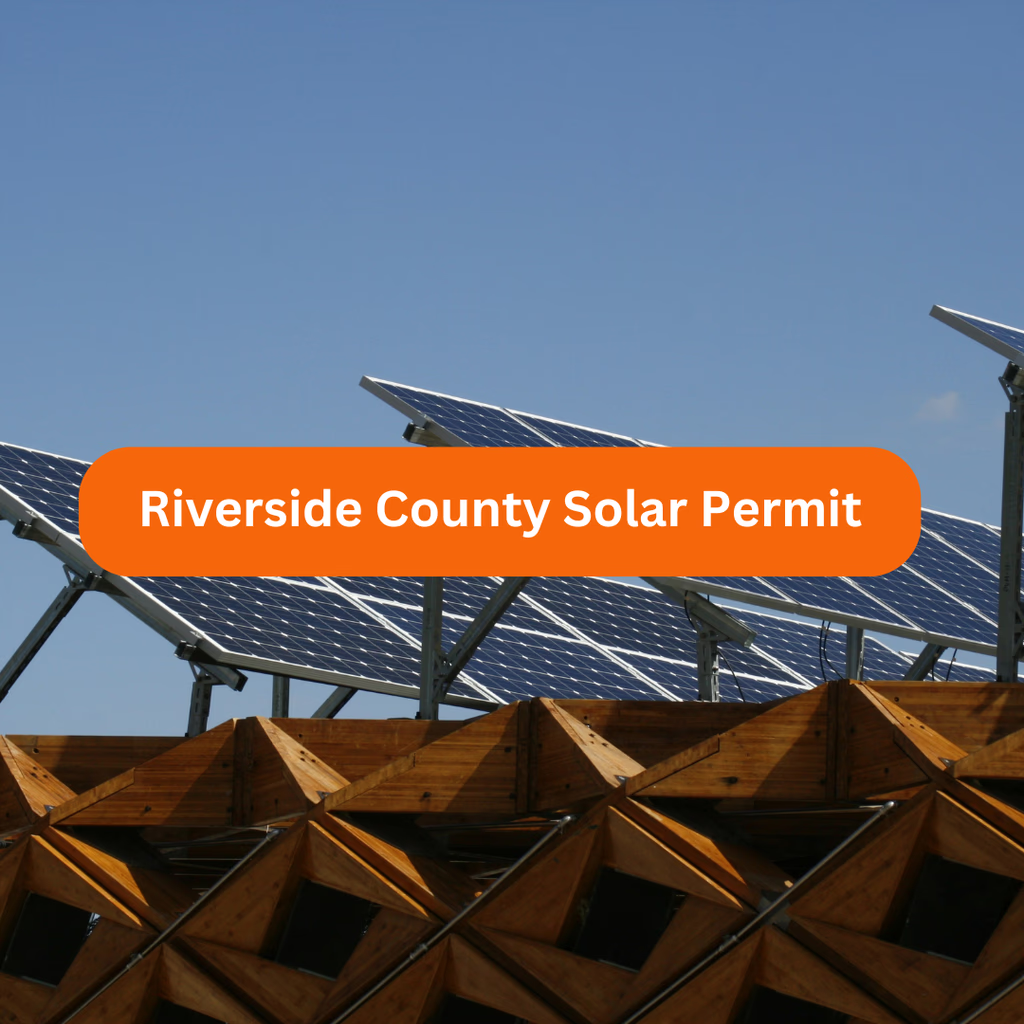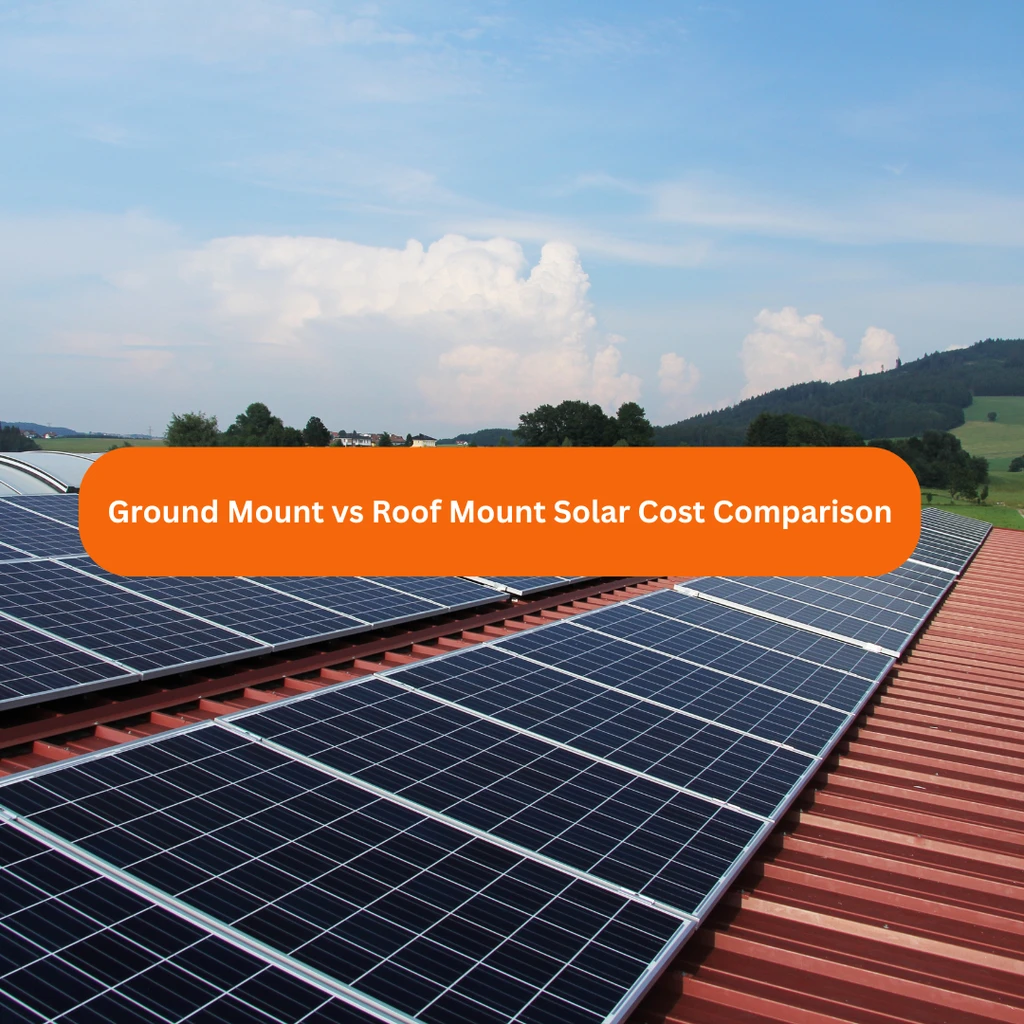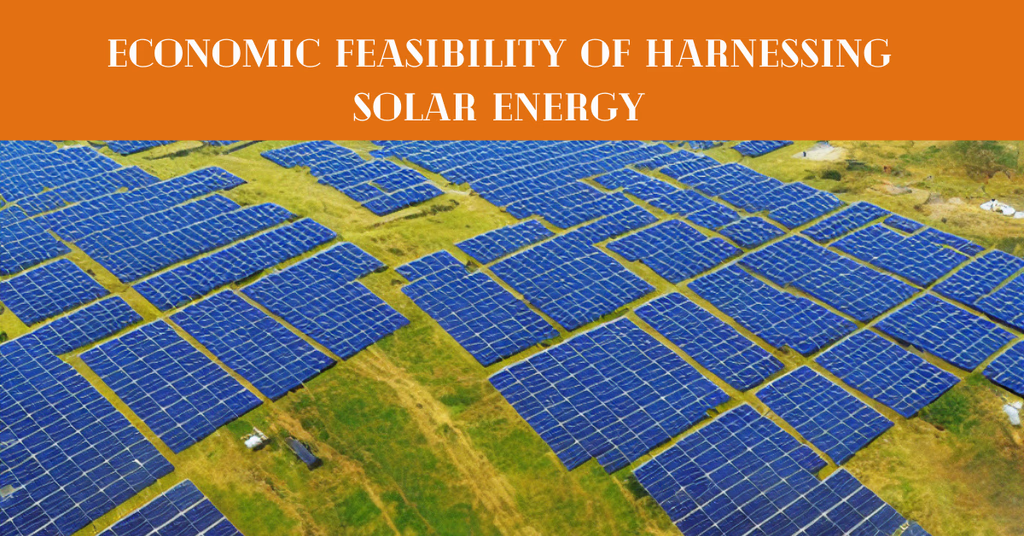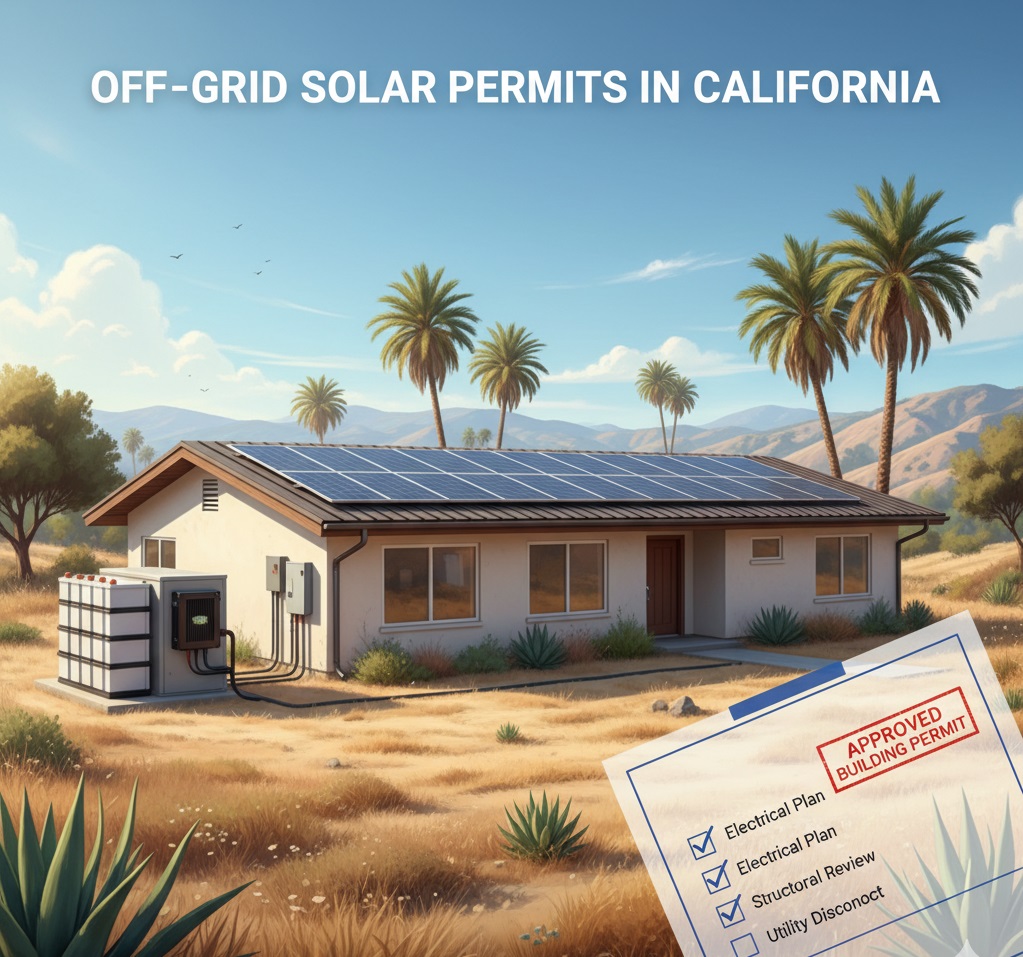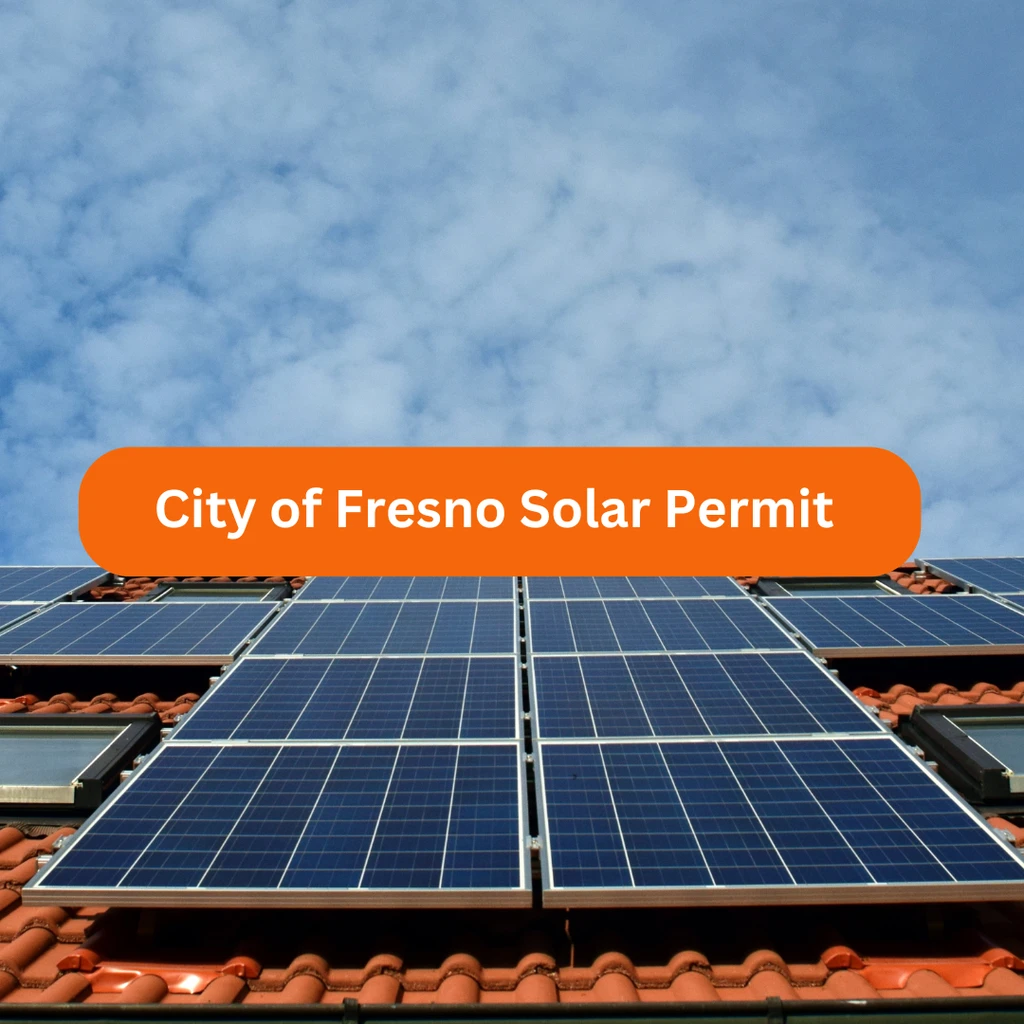Solar technology has evolved rapidly over the years, and one of the most impressive advancements is the rise of bifacial solar panels. As the demand for higher efficiency and better space utilization grows, more homeowners, businesses, and large-scale solar projects are turning to this innovative solution. Bifacial panels offer greater energy production, improved durability, and smarter energy harvesting compared to traditional monofacial solar panels.
If you are planning a solar project or researching advanced solar solutions, understanding how bifacial solar panels work can help you make an informed choice. This guide explains everything from what they are to how they generate power on both sides.
What Is a Bifacial Solar Panel?
Bifacial solar panels are photovoltaic panels that capture sunlight from both the front and back sides. Unlike traditional monofacial panels that absorb sunlight only from the top surface, bifacial modules use a transparent back layer, allowing them to capture reflected and diffused light from the ground or surrounding environment.
They are typically built using bifacial solar panel technology, which includes double-glass layers, highly efficient solar cells, and a transparent back sheet. This design enhances energy production without requiring additional space, making them ideal for ground-mounted systems, elevated structures, solar carports, pergolas, and open areas with high reflectivity.
Some key characteristics of bifacial solar panels include:
- Power generation from both sides
- Increased durability due to double-glass construction
- Better performance in low-light and cloudy conditions
- Long life span with reduced risk of degradation
Because both surfaces can generate power, bifacial panels often deliver higher overall energy output compared to conventional panels, even under similar conditions.
How Bifacial Solar Panels Work
To understand how bifacial solar panels work, it helps to break down the process into simple steps. The front side captures direct sunlight, just like standard panels. However, the unique advantage comes from the back side, which absorbs reflected sunlight from the ground, surrounding surfaces, and ambient light.
1. Front-Side Energy Generation
The front side works like a normal solar panel. Sunlight hits the solar cells, generating electricity through the photovoltaic effect. This is the primary source of power production.
2. Back-Side Energy Generation
The back side absorbs sunlight that is reflected off the ground or surfaces below. The amount of additional power generated depends on ground reflectivity. Surfaces like white tiles, cement, sand, and snow provide high reflectivity, allowing the back side to capture more light.
3. Double-Glass Structure
Most bifacial solar system designs use two layers of toughened glass instead of a back sheet. This improves durability, provides enhanced resistance to moisture, and reduces the risk of micro-cracks.
4. Improved Low-Light Performance
Because bifacial panels can capture diffused light, they continue producing energy even when sunlight is weak. This makes them highly efficient in cloudy weather, at sunrise and sunset, and in shaded environments.
5. Better Energy Production Over Time
Thanks to their robust construction and enhanced absorption capability, bifacial solar panels maintain high performance with minimal degradation over the years. This long-term reliability is one of the major bifacial solar panel advantages.
Key Advantages of Bifacial Solar Panels
There are several reasons why bifacial panels are becoming a preferred choice for modern solar installations. Here are the most notable bifacial solar panel advantages:
Higher Energy Output
Because they absorb light from both sides, bifacial panels can produce up to 10 to 30 percent more energy than traditional monofacial panels. This makes them ideal for maximizing output in limited spaces.
Increased Durability
The double-glass structure of bifacial solar panel technology offers superior protection against heat, humidity, UV rays, and harsh weather. This results in a longer lifespan and reduced maintenance needs.
Ideal for Multiple Applications
A bifacial solar system works exceptionally well in:
- Ground-mounted arrays
- Solar carports
- Open fields
- Rooftops with high reflectivity
- Vertical or tilted installations
Their flexibility makes them ideal for both residential and commercial projects.
Better Performance in Real-World Conditions
Bifacial panels excel in diffused light, shaded areas, and during winter months when the ground naturally reflects sunlight more effectively. This helps maintain consistent power output throughout the year.
Improved Return on Investment
The combination of higher energy generation and long-term durability results in better financial returns over the system’s lifetime.
FAQs
1. Are bifacial solar panels more efficient than traditional panels?
Yes. Bifacial solar panels capture light from both sides, which increases overall energy production by 10 to 30 percent, depending on installation conditions.
2. Do bifacial panels require special mounting systems?
They work best with elevated or open-back mounting structures to allow maximum light absorption on the rear side. Many modern racking systems support bifacial installation.
3. Can bifacial panels be used on rooftops?
Yes. They can be installed on rooftops, especially when the surface has high reflectivity. However, ground-mounted or elevated structures allow them to perform at their best.
4. Are bifacial solar systems more expensive?
They cost slightly more than monofacial panels but offer better efficiency and long-term value, which typically results in a higher return on investment.
5. How long do bifacial solar panels last?
Thanks to double-glass construction, bifacial panels often last 30 years or more with minimal degradation.

